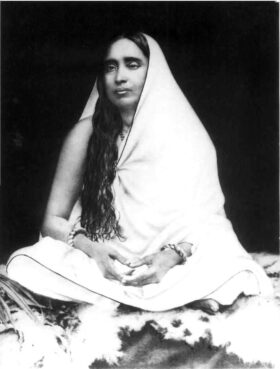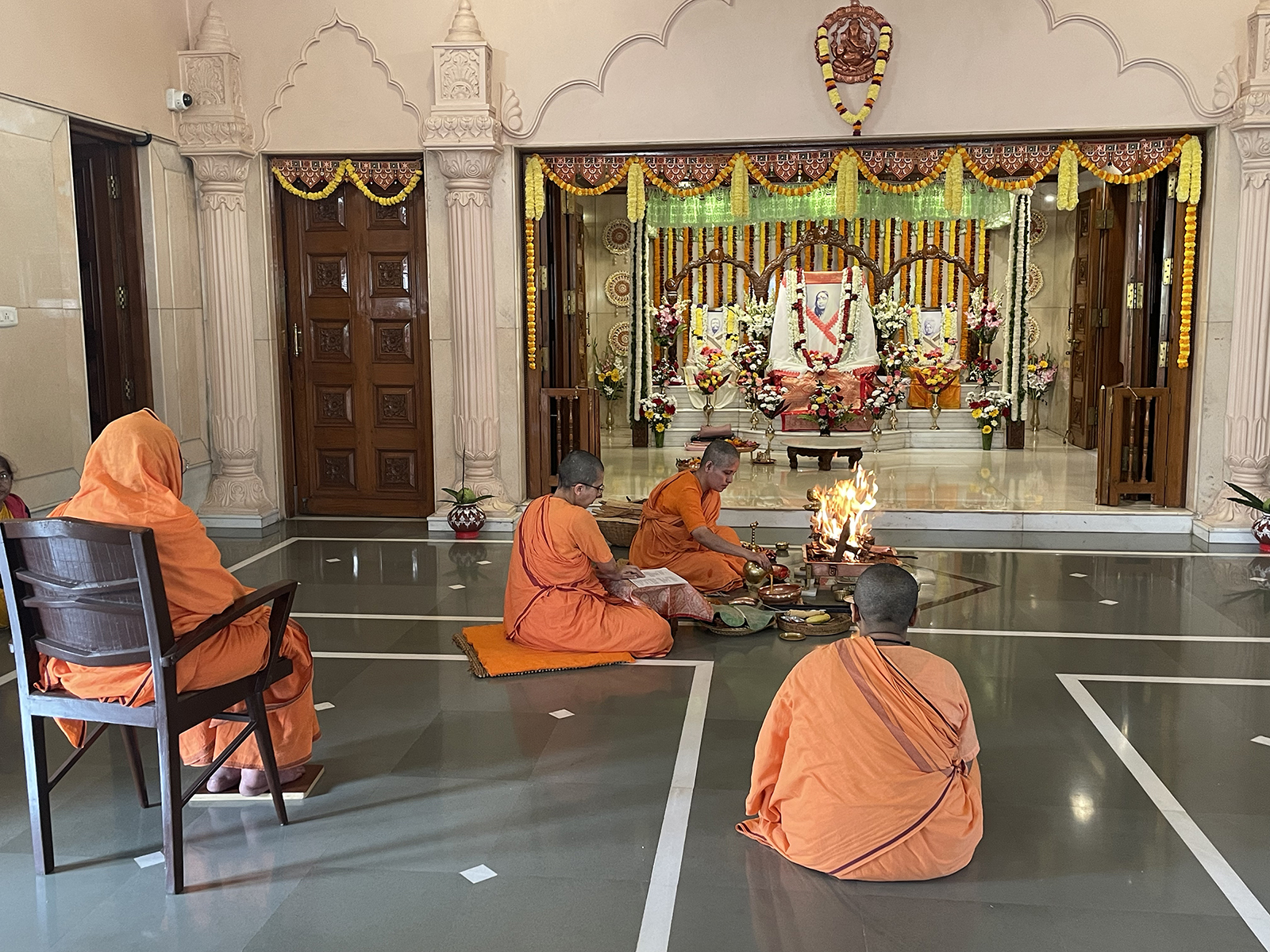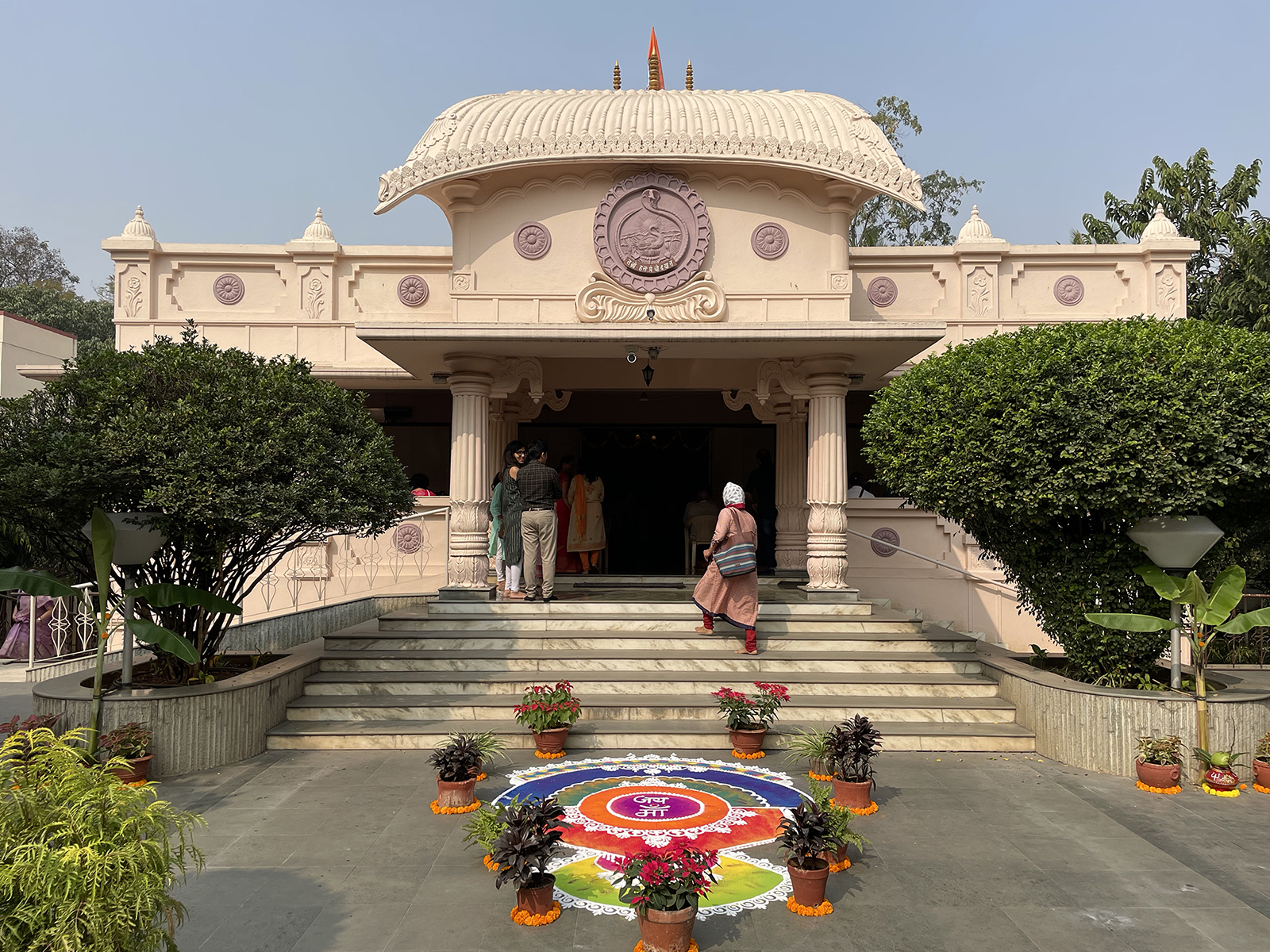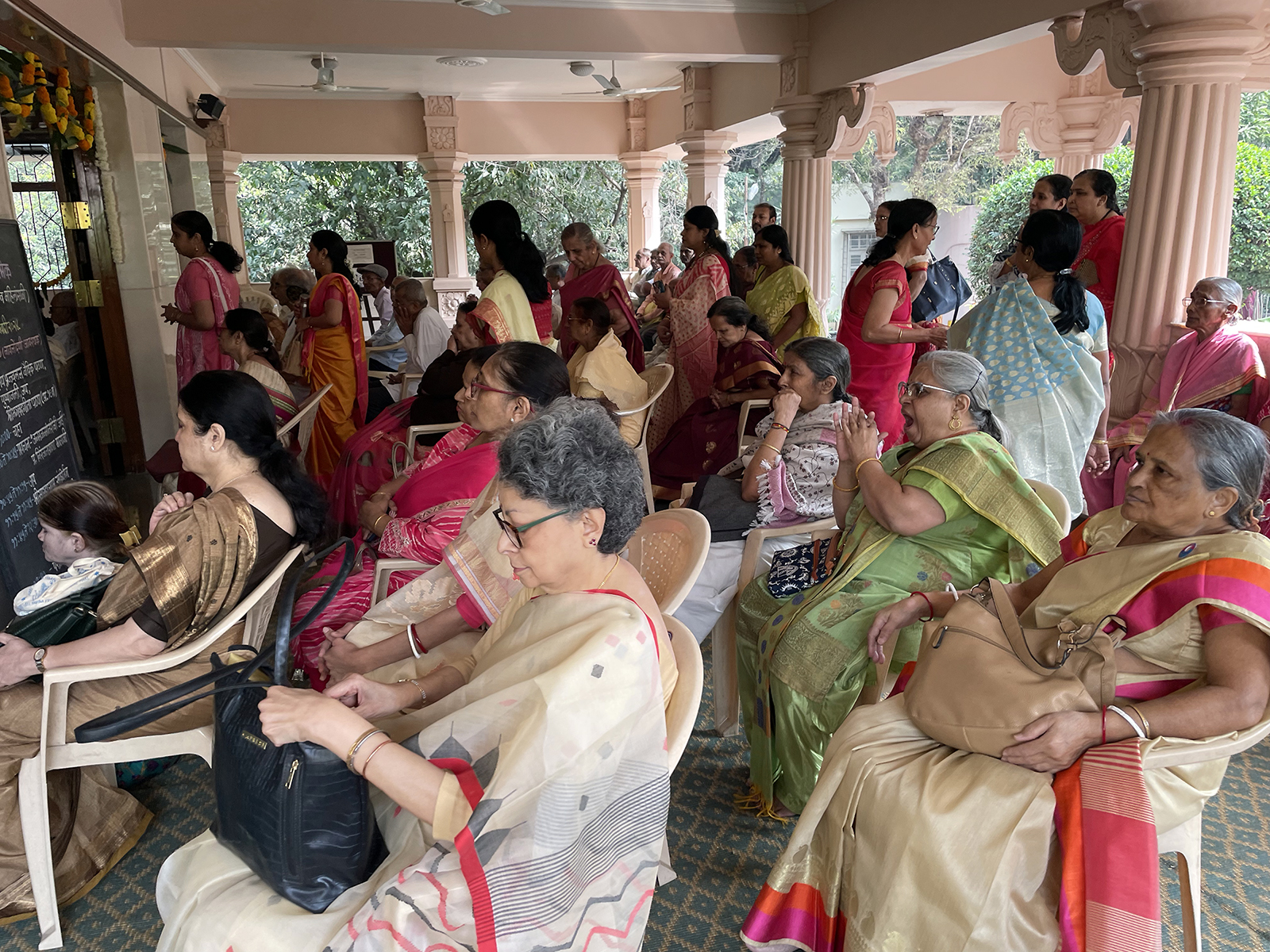Israel’s argument at The Hague: We are Incapable of Genocide
Israel’s relationship with the United Nations, international institutions and international law has at times bristled with suspicion and blatant hostility. In a famous cabinet meeting in 1955, Prime Minister David Ben-Gurion famously knocked back the suggestion that the United Nations 1947 plan for partitioning Palestine had been instrumental in creating the State of Israel. “No, no, no!” he roared in demur. “Only the daring of the Jews created the state, and not any oom-shmoom resolution.”
In the shadow of the Holocaust, justifications for violence against foes mushroom multiply. Given that international law, notably in war, entails restraint and limits on the use of force, doctrines have been selectively pruned and shaped, landscaped to suit the needs of the Jewish state. When the strictures of convention have been ignored, the reasoning is clipped for consistency: defenders of international law and its institutions have been either missing in the discussion or subservient to Israel’s enemies. They were nowhere to be seen, for instance, when Egypt’s Gamal Abdel Nasser was preparing for war in the spring of 1967. Israel’s tenaciously talented statesman, Abba Eban, reflected in his autobiography about the weakness of the UN in withdrawing troops from the Sinai when pressured by Nasser to do so. It “destroyed the most central hopes and expectations on which we had relied on withdrawing from Sinai”.
These steely attitudes have seen international convention and practice, in the Israeli context, treated less as Dickensian ass as protean instruments, useful to deploy when convenient, best modified or ignored when nationally inconvenient. This is most evident regarding the Israel-Hamas war, which is now into its third month. Here, Israeli authorities are resolute in their calls that Islamic terrorism is the enemy, that its destruction is fundamental for civilisation, and that crushing measures are entirely proportionate. Palestinian civilian deaths might be regrettable but all routes of blame lead to Hamas and its resort to human shields.
These arguments have failed to convince a growing number of countries. One of them is South Africa. On December 29, the Republic filed an application in the International Court of Justice alleging “violations by Israel regarding the Convention on the Prevention and Punishment of the Crime of Genocide […] in relation to Palestinians in the Gaza Strip.” Various “acts and omissions” by the Israeli government were alleged to be “genocidal in character, as they are committed with the requisite specific intent … to destroy the Palestinians in Gaza as part of the broader Palestinian national, racial and ethnical group”. What Pretoria is seeking is both a review of the merits of the case and the imposition of provisional measures that would essentially modify, if not halt, Israel’s Gaza operation.
Prior to its arguments made before the 15-judge panel on January 12, Israel rejected “with contempt the blood libel by South Africa in its application to the International Court of Justice (ICJ).” The Israeli Foreign Ministry went so far as to suggest that the court was being exploited, while South Africa was, in essence, “collaborating with a terror group that calls for the destruction of Israel.”
Prime Minister Benjamin Netanyahu, with demagogic rage, claimed that his country had witnessed “an upside-down world. Israel is accused of genocide while it is fighting against genocide.” The country was battling “murderous terrorists who carried out crimes against humanity”. Government spokesman Eylon Levy tried to make it all a matter of Hamas, nothing more, nothing less. “We have been clear in word and in deed that we are targeting the October 7th monsters and are innovating ways to uphold international law.”
In that innovation lies the problem. Whatever is meant by such statements as those of Israel Defence Forces spokesman, Rear Adm. Daniel Hagari, that “Our war is against Hamas, not against the people of Gaza”, the catastrophic civilian death toll, destruction, displacement and starvation would suggest the contrary. Innovation in war often entails carefree slaughter with a clear conscience.
On another level, the Israeli argument is more nuanced, going to the difficulties of proving genocidal intent. Amichai Cohen of Israel’s Ono Academic College and senior fellow at the Israel Democracy Institute admits that comments from right-wing Israeli ministers calling for the “emigration” of Palestinians from Gaza were not helpful. (They were certainly helpful to Pretoria’s case.) But he insists that the South African argument is based on “classic cherry-picking.” Cohen should know better than resort to the damnably obvious: all legal cases are, by definition, exercises of picking the finest cherries in the orchard.
The Israeli defence team’s oral submissions to the ICJ maintained a distinct air of unreality. Tal Becker, as legal advisor to the Israeli Foreign Ministry, tried to move judicial opinion in his address by drawing upon the man who minted genocide as a term of international law, Raphael Lemkin. Invariably, it was Becker’s purpose to again return to the Holocaust as “unspeakable” and uniquely linked to the fate of the Jews, implying that Jews would surely be incapable of committing those same acts. But here was South Africa, raining on the sacred flame, invoking “this term in the context of Israel’s conduct in a war it did not start and did not want. A war in which Israel is defending itself against Hamas, Palestinian Islamic Jihad and other terrorist organizations whose brutality knows no bounds.” Israel, pure; Israel vulnerable; Israel under attack.
In yet another jurisprudential innovation, Becker insisted that the Genocide Convention was not connected in any way to “address the brutal impact of intensive hostilities on the civilian population, even when the use of force raises ‘very serious issues of international law’ and involves ‘enormous suffering’ and ‘continuing loss of life’.” The Convention, rather, was meant “to address a malevolent crime of the most exceptional severity.”
The view is reiterated by another lawyer representing Israel. “The inevitable fatalities and human suffering of any conflict,” submitted Christopher Staker, “is not of itself a pattern of conduct that plausibly shows genocidal intent.” Butcheries on a massive scale would not, in of themselves, suggest such the requisite mental state to exterminate a race, ethnic or religious group.
As for South Africa’s insistence that provisional measures be granted, Staker was unwavering in repeating the familiar talking points. They “would stop Israel defending its citizens, more citizens could be attacked, raped and tortured [by Hamas], and provisional measures would prevent Israel doing anything.”
Legal tricks and casuistry were something of a blooming phenomenon in Israel’s submissions. South Africa had, according to Becker, submitted “a profoundly distorted factual and legal picture. The entirety of its case hinges on deliberately curated, decontextualised, and manipulative description of the reality of current hostilities.” Happy to also do a little bit of decontextualising, curating and manipulating himself, Becker trotted out the idea that, in accusing Israeli’s war methods as being genocidal, Pretoria was “delegitimizing Israel’s 75-year existence in its opening presentation”. It entailed erasing Jewish history and excising “any Palestinian agency or responsibility.” Such a ploy has been Israel’s rhetorical weapon for decades: all those who dare judge the state’s actions in a bad light also judge the legitimacy of the Jewish state to exist.
Malcom Shaw, a figure known for his expertise in the thorny realm of territorial disputes, did his little bit of legal curation. He took particular issue with South Africa’s use of history in suggesting that Israel had engaged in a prolonged dispossession and oppression of the Palestinians, effectively a remorseless, relentless Nakba lasting 75 years. The submission was curious for lacking any mooring in history, a fatal error to make when considering the Israel-Palestinian issue. It’s also palpably inaccurate, given the dozens of statements made by Israeli politicians over the decades acknowledging the brutal, ruthless and dispossessing tendencies of their own country. But legal practitioners love confines and walled off applications. The only thing that mattered here, argued Shaw, was the attack of October 7 by Hamas, a sole act of barbarity that could be read in terrifying isolation. That, he claimed was “the real genocide in this situation.”
Having tossed around his own idea about the real genocidaires (never Israel, remember?), Shaw then appealed to the sanctity of the term genocide, one so singular it would be inapplicable in most instances. Conflicts could still be brutal, and not be genocidal. “If claims of genocide were to become the common currency of our conflict … the essence of this crime would be diluted and lost.” Woe to the diluters.
Gilad Noam, in closing Israel’s defence, rejected the characterisation of Israel by South Africa as a lawless entity that regarded “itself as beyond and above the law”, whose population had become infatuated “with destroying an entire population.” In a sense, Noam makes a revealing point. What makes Israel’s conduct remarkable is that its government claims to operate within a world of laws, a form of hyper-legalisation just as horrible as a world without laws.
Ironically enough, the Lemkin Institute for Genocide Prevention has been furiously pressing the International Criminal Court to indict Israeli Prime Minister Benjamin Netanyahu for the crime of genocide, the siege and bombardment of Gaza “and the many expressions of genocidal intent, especially in his deleted tweet from 10/17/2023.” The tweet (or post) in question crudely and murderously declared that, “This is a struggle between the children of light and the children of darkness, between humanity and the law of the jungle.” If that does not reveal intent, little else will.
Binoy Kampmark was a Commonwealth Scholar at Selwyn College, Cambridge. He lectures at RMIT University, Melbourne. Email: bkampmark@gmail.com. Read other articles by Binoy.


















